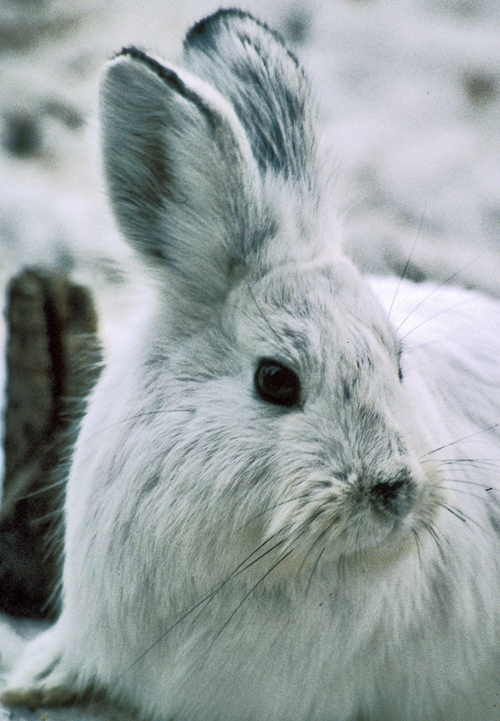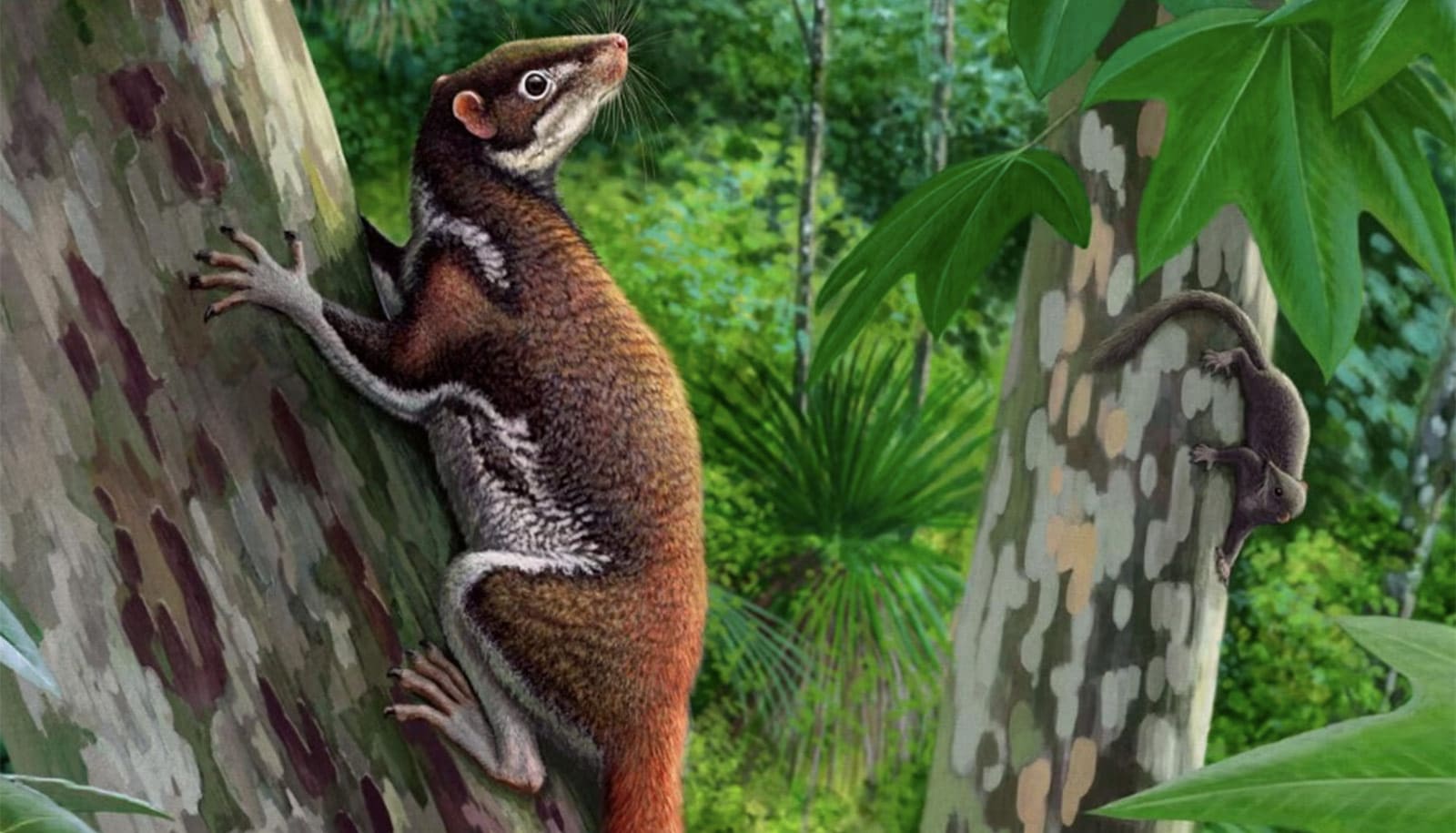U. TORONTO (CAN) — A snowshoe hare in the wild leads a stressful life, liable to become someone’s dinner at any moment—but unlike humans, they don’t develop ulcers, heart disease, or depression.
While chronic stress often makes humans sick, harms our memory, and shortens our lives, wild animals have adapted to deal with it. Some of them don’t seem to react at all to constant stress. Those that do react don’t get sick.
“Chronic stress occurs in nature, but animals respond to it in an adaptive manner shaped by intense evolutionary selection,” says Rudy Boonstra, professor of biology at the University of Toronto, Scarborough.

“You and I are very different creatures relative any other wild vertebrate such as elk, squirrels, or snowshoe hares. We mull things over. We know the future and think about the past, often continually. We know we’re going to die. Animals don’t think like we do,” says Rudy Boonstra. (Credit: Alice Kenney/U. Toronto)
[sources]
In a new article in the journal Functional Ecology, Boonstra says wildlife biologists are too influenced by the medical literature on humans, and need to look more closely at the effects of stress on animals in the wild.
For instance, snowshoe hares at times face so many predators that the vast majority are eventually killed. But the hares don’t get sick, they continue to breed, and their stress response continues to function appropriately.
Numerous studies in humans have shown chronic stress can damage the immune, cardiovascular, neuroendocrine, and central nervous systems. In the lab, rats and mice can also suffer ill effects from chronic stress, for instance when they are exposed to the constant sight or scent of a predator.
But lab animals are inbred and raised in artificial conditions, Boonstra says. Even the stressors they face are artificial. In the wild no rat is likely to be exposed to the sight of a cat for days on end without the ability to run or hide.
Boonstra looked instead at evidence from wild animal populations, and found that some animals show no signs at all of chronic stress when exposed to long-term high risk situations. For instance, after wolves were reintroduced to Yellowstone National Park in 1995 and 1996, life for the elk there became much more dangerous. But the elk showed no signs of elevated stress hormones, or effects like increased sickness or lower birth rates.
Snowshoe hares, on the other hand, did show hormonal changes when predator levels increased. But there’s no evidence that the changes were pathological. The hares had more stress hormones circulating in their systems, but their stress response was not blunted as it is in chronically stressed humans—they could still respond appropriately to acute dangers.
The size of the hares’ litters did fall. But Boonstra argues that the change was actually adaptive. Having smaller litters required fewer resources of the mother, and made it more likely that she and her offspring would survive the current dangerous conditions.
Ecologists and physiologists working on wild animals should realize that medical findings about stress in humans and lab animals don’t apply to wild animals, Boonstra says.
“You and I are very different creatures relative any other wild vertebrate such as elk, squirrels, or snowshoe hares. We mull things over. We know the future and think about the past, often continually. We know we’re going to die. Animals don’t think like we do,” he says.
Source: University of Toronto



